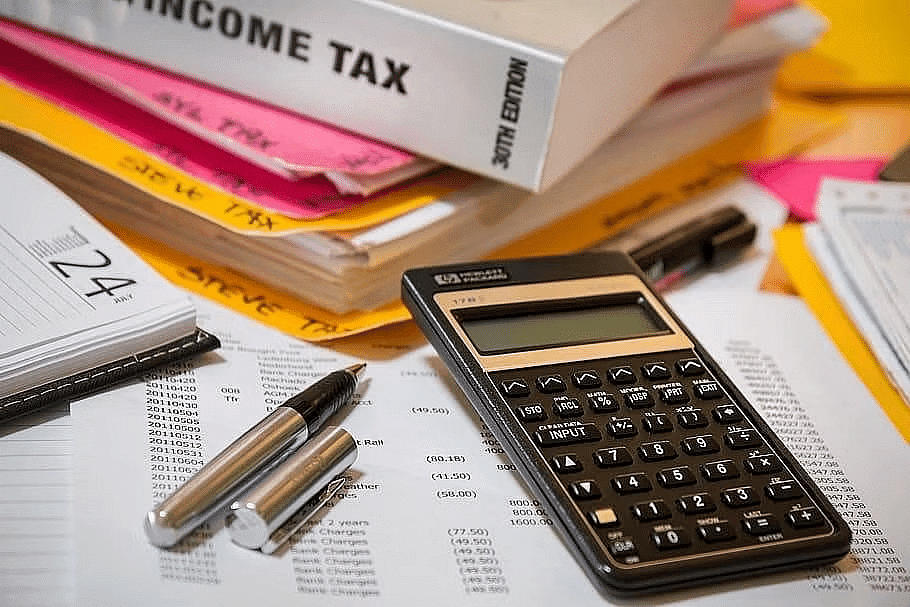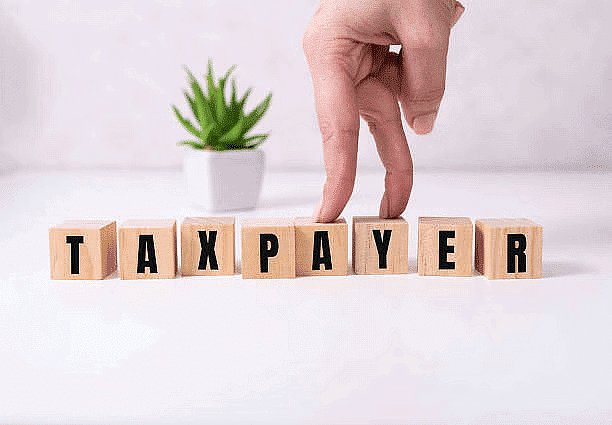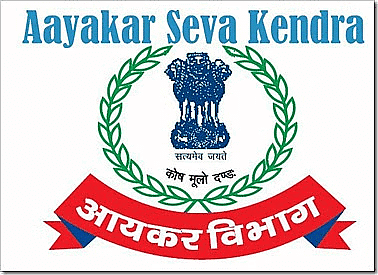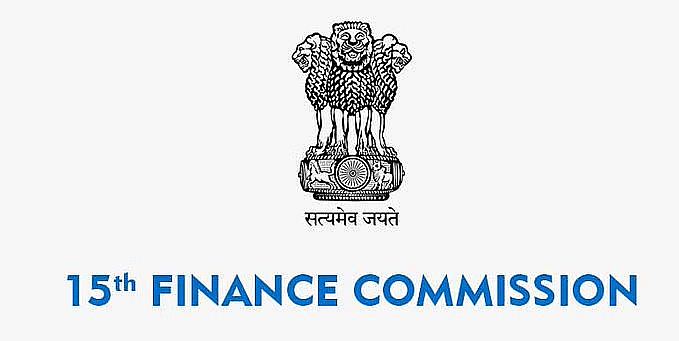Ramesh Singh Summary: Tax Structure in India- 2 | Indian Economy for UPSC CSE PDF Download
| Table of contents |

|
| Legitimacy and Taxation |

|
| Ease of Paying taxes |

|
| Tax Administration Reforms |

|
| Fifteenth Finance Commission |

|
| Outlook for the Future |

|
Legitimacy and Taxation
- India commenced with a broad-based tax reforms programme in 1991 as an important part of the economic reforms process.
- Simplifying tax structure, cutting rate of taxes, enhancing tax compliance and broadening the tax base are the major contours of this reform programme.
- But even today, India has not fully translated its democratic vigour into commensurately strong fiscal capacity. The tax base of India is still not adequate.
- To build fiscal capacity it is essential to create legitimacy in the state. In this regard the Economic Survey 2015-16 presented a very timely and suitable piece of analysis.
- The document adds that to build fiscal capacity the government needs to put in place a better tax regime which is only possible once the government is able to enhance its legitimacy among the citizens.
INCOME AND CONSUMPTION ANOMALY
India's tax to GDP ratio is very low, and the proportion of direct tax to indirect tax is not optimal from the view point of social justice. The data released by the Government indicate that India's direct tax collection is not commensurate with the income and consumption pattern of the people:
- Corporate tax : As against 5.6 crore informal sector (unorganised sector) individual enterprises and firms doing small business, of which 1.81 crore filed tax returns. Out of the 13.94 lakh companies registered in India, 5.97 lakh filed tax returns for 2016-17.
- Individual income tax : As against estimated 4.2 crore persons engaged in organised sector employment, the number of individuals filing return for salary income are only 1.74 crore. In 2015-16 (Assessment Year 2016-17), a total of 3.7 crore individuals filed income tax returns.
- Impact of Demonetization : As per the Economic Survey 2017-18, one of the aims of demonetization and the GST (Goods and Services Tax) was to increase the formalization of the economy and bring more people into the income tax net, which includes only about 59.3 million individual taxpayers (filers and those whose tax is deducted at source in 2015-16), equivalent to 24.7 per cent of the estimated non-agricultural workforce.
Ease of Paying taxes
A comparative picture of ease of paying taxes in India and few other countries (especially, the peers like China, Brazil and Indonesia) are being summarised :
- India's rank in ease of paying taxes has however, improved from 156 in 2014 to 115 in 2019 but it has been much below expectations.
- India performs lowly in case of number of tax payments—while in India the number is 12 (from 59 of 2009), it is only 7 in China, 10 in Brazil and 26 in Indonesia.
- Hours taken per year in paying taxes are also comparatively higher in India— 250-254 hours in India, while only 138 in China, 1501 in Brazil (quite higher) and 191 in Indonesia.
- In New Zealand it takes only 140 hours per year in paying taxes. On this front, however, the situation has deteriorated in the country—time spent in paying taxes got just doubled in the last decade (2009-19).
- India trails in case of total tax payable (per cent of gross profits) in comparison to most of the peers also—while it is 49.7 for India, it is 59.2 for China, 65.1 for Brazil and 30.1 for Indonesia.
- In case of paying taxes, although Indonesia (26) has more than double the number of payments per year than India (10-12), its citizens spend far less time in paying them than India. Brazil seems to fare particularly poor in this segment.
SIMPLIFICATION OF DIRECT TAX SYSTEM
Moving towards direct tax reforms the Government has effected many fundamental changes in the tax administration—major reforms and their impact are as briefed :
- Significant increase in tax collections from ₹ 6.38 lakh crores in 2013-14 to almost ₹12 lakh crores in 2018-19
- Tax base growth rate of 80 per cent—with 6.85 crore tax returns filed in 2018-19 (in comparison to 3.79 crore of 2013-14).
- Tax department now functions online—the interface of tax payers with the tax department has become much simpler and largely faceless.
- Returns, assessments, refunds and queries all are now undertaken online— around 99.54 per cent of the income-tax returns were accepted as they were filed in 2017-18.
- By late 2018, Government approved a path breaking, technology intensive project to transform the tax department into a more assessee-friendly one under which all returns will be processed in 24 hours and refunds issued simultaneously.
- As per the proposal, by 2020-21, almost all verification and assessment of returns selected for scrutiny to be done electronically 'without any personal interface' between taxpayers and tax officers.
Tax Administration Reforms
Transparency & Efficiency- Improved transparency and efficiency are essential due to the major coordination required for tax reforms.
- Example: The platform launched in August 2020 aimed at "Honoring the Honest," facilitating seamless, painless, and faceless tax compliance.
 Tax Administrations
Tax Administrations
Technology Utilization
- Use of technology for analytics and artificial intelligence to simplify processes.
- Engaging taxpayers as partners in nation-building.
 Technology
Technology
Platform Features
- The platform's focus is faceless, which enhances efficiency and reduces bias.
A Faceless Assessment
- Launched in August 2020 to eliminate physical interaction and reduce bias.
- Aims for a system that's efficient, transparent, and accountable.
- Seeks to resolve taxpayer issues with dynamic jurisdiction and randomized scrutiny, reducing malpractices.
Faceless Appeals
Faceless Appeals Scheme, 2020: Setup to finalize all income tax appeals in a faceless manner under a faceless ecosystem. Exceptions: Appeals relating to serious frauds, major evasion, sensitive and search matters, international tax, and black money are not covered.
National Faceless Appeal Centre (NFAC)
- Established as the apex body for conducting e-appeal proceedings in a centralized manner.
- Regional Faceless Appeal Centres (RFACs) operate under NFAC to facilitate the process.
- NFAC serves as the only point of contact between the taxpayer and the underlying Appeal Units.
- All internal and external communications take place electronically.

Process Simplification:
- Assessing Officers are not required to attend the proceedings personally or through an authorized representative.
Taxpayer's Charter
Rights of the Taxpayers: Traditionally, tax administration focused on regulating and enforcing tax laws, giving limited attention to the aspect of tax services provided.
Evolution of Taxpayer Rights: In the last few decades, increased demand for better services to taxpayers has led to worldwide recognition of the 'rights of the taxpayers.'
Indian Taxpayer's Charter: The Indian taxpayer's charter comprises commitments by the income tax department and obligations of the taxpayers.
Commitments by the Income Tax Department:
- Courteous, fair, and reasonable treatment of taxpayers.
- Treatment of taxpayers is honest unless the department has a reason to believe otherwise.
- Fair and impartial appeal procedure and review mechanism.
- Accurate and complete information for fulfilling tax compliance obligations.
- Timely decisions in income tax proceedings.
- Collection of the correct amount of due tax.
- Respect for taxpayers' privacy and ensuring no more intrusive than necessary enquiry, examination, or enforcement action.
- Maintaining confidentiality by not disclosing any taxpayer's information to the department unless authorized by law.
- Ensuring accountability for the actions of the tax authorities.
- Provision to allow a taxpayer to choose an authorized representative of his choice.
- Provision for a mechanism to lodge a complaint and its prompt disposal.
- Fair and impartial system to resolve tax issues in a time-bound manner.
- Periodical publishing of service standards and reports.
- Reduced cost of compliance as the department shall duly take into account the cost of compliance when administering tax legislation.
Need for Ombudsman
Protection of Taxpayer Rights
- A dedicated institution for taxpayer grievance and rights protection is essential.
- The Ombudsman, established initially in 2010 and then set up formally by the government in 2011, acts in adherence to the law to support taxpayers in grievance resolution.
- It bridges the gap between the tax department and taxpayers, ensuring a non-adversarial approach to dispute resolution.
Efficient Grievance Redressal
- The Ombudsman handles both direct and indirect tax grievances, introduced in February 2019.
- It operates under the "Aykar Seva Kendra" (ASK) designed for effective and efficient taxpayer services.

Global Perspective
- Various countries (Austria, Canada, United Kingdom, Brazil, South Africa, Singapore, and France) have successful ombudsman systems, ensuring the protection of taxpayer rights and addressing grievances without needing to resort to legal proceedings.
Fifteenth Finance Commission

Commission Reports
- Chaired by N.K. Singh, submitted four reports.
- Final report for 2021-26, tabled in Parliament in February 2021.
- Key recommendations include devolution criteria and grants-in-aid.
Devolution Criteria
- Criteria for state shares in central taxes set for 2021-26.
- Emphasizes rewarding states for performance in certain criteria like demography and tax efforts.
Grants-in-aid
- The Commission allocated grants from the center to states and local bodies worth ₹10.33 lakh crore for 2022-26.
- Key grants include:
- Revenue deficit grants to 17 states.
- Grants to enhance and reward local bodies.
- Disaster management grants.
- Sector-specific grants including health, education, and agriculture.
Fiscal Consolidation
- Recommendation for the center to bring down fiscal deficit to 4% of GDP by 2025-26.
- Fiscal deficit limits for states set at 4%, 3.5%, and 3% for consecutive years from 2021-22 to 2025-26.
- States allowed extra borrowing worth 0.5% of GSDP for undertaking power sector reforms.

Debt and Deficit Levels
- A reduction in total liabilities for the center and states is anticipated.
- Center’s debt to reduce from 62.9% of GDP in 2020-21 to 56.6% in 2025-26.
- States’ debt to reduce from 33.1% to 32.5% in the same period.
Recommendations
Forming a high-powered inter-governmental group to:
- Review fiscal responsibility legislation.
- Recommend a new fiscal responsibility framework and oversee its implementation.
Outlook for the Future
- The process of tax reforms has been slower especially in case of indirect taxes, its positive outcomes have encouraged the country to go for further reforms.
- Together with enhancing legitimacy in state, there is a need to making taxpayers aware about the need of filing their tax returns.
- Enhancing tax compliance is the need of hour, especially in case of the personal income tax. There needs a policy framework to be initiated to induce behavioural change in the taxpayers.
- The technical glitches related to the GST filing system should be corrected as soon as possible to lessen unnecessary harassment faced by the tax filers
- Enhancing ease of paying taxes is an essential part of good tax system. In this regard India should take lessons from the peers like China, Brazil and Indonesia other than New Zealand.
- Presence of the trust between taxpayers and the tax department is essential for encouraging voluntary compliance from the tax filers. For this to be done, Government should put in place an effective and transparent tax administration—reducing 'human interface' should be tried with increased pace.
- The presence of 'fear' and 'distrust' for the tax department in the minds of taxpayers dilutes tax filing and they need to be corrected in medium to longer term.
- Litigations and involved delays cause enormous damage to the exchequer besides harassing the taxpayers and wasting precious time of the appellate and various courts. All possible alternatives should be utilised to resolve them in speedier manner.
|
108 videos|425 docs|128 tests
|
FAQs on Ramesh Singh Summary: Tax Structure in India- 2 - Indian Economy for UPSC CSE
| 1. What is the significance of legitimacy in taxation according to the article? |  |
| 2. How does the ease of paying taxes impact tax compliance as mentioned in the article? |  |
| 3. What are some key tax administration reforms discussed in the article? |  |
| 4. What role does the Fifteenth Finance Commission play in India's tax structure according to the article? |  |
| 5. What is the outlook for the future of India's tax structure as discussed in the article? |  |















